Burning with water, a more environmentally friendly method of handling corpses than cremation
Burning with water or alkaline hydrolysis is a form of eco-friendly rest and much less energy-efficient than cremation and burial.
- Close-up of the transformation of the human body after death
- The corpses suddenly heated up, the mysterious phenomenon without a solution causing the scientists a headache
- Horror cases of living with corpses
The method of handling corpses by burial forms has many limitations. Toxins from the embalming process can leak into the soil causing environmental pollution. In addition, the cemetery occupies a large area and the coffin is not easily decomposed. In some countries, the space for the dead is dwindling.
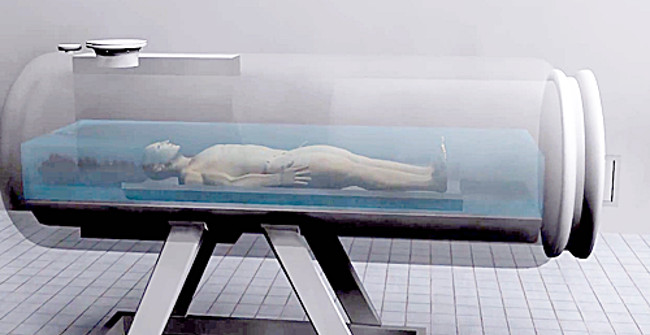 Burning with water, a more environmentally friendly method of handling corpses than cremation Picture 1
Burning with water, a more environmentally friendly method of handling corpses than cremation Picture 1
The form of water burial has many outstanding advantages over cremation and burial.
With cremation, this method requires a very high temperature, about 1,000 ° C, so a large amount of fuel is needed, usually from fossil fuels. In addition, this method can also release toxic substances into the atmosphere.
The method of burning with water by a company specializing in the treatment of the proposed Qico corpses. According to Jack Ingraham, Qico's chief executive, this is a trend for the future with many outstanding advantages. In the next 10 years, the cremation method will be replaced by a water-based process.
Cremation machine.(Video: BBC.)
The body is placed in potassium hydroxide solution and water, then heated to 152 degrees Celsius but does not boil under compression. In this solution, the body undergoes the same process as burial but takes place many times faster. After about 4 hours, the entire body decomposes completely, leaving only the skeleton.
The alkaline solution after decomposing the body will be put into a separate tank, checked for pH and adjusted if necessary before entering the sewage system. This sterile mixture consists of amino acids, peptides and does not contain human DNA. The rest of the bones are dried, endowed with fine white powder and delivered to family members.
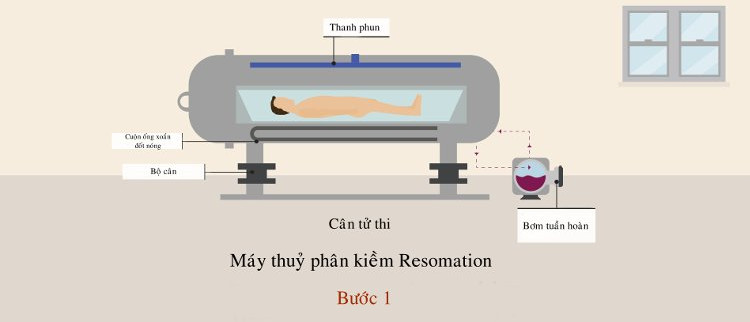 Burning with water, a more environmentally friendly method of handling corpses than cremation Picture 2
Burning with water, a more environmentally friendly method of handling corpses than cremation Picture 2
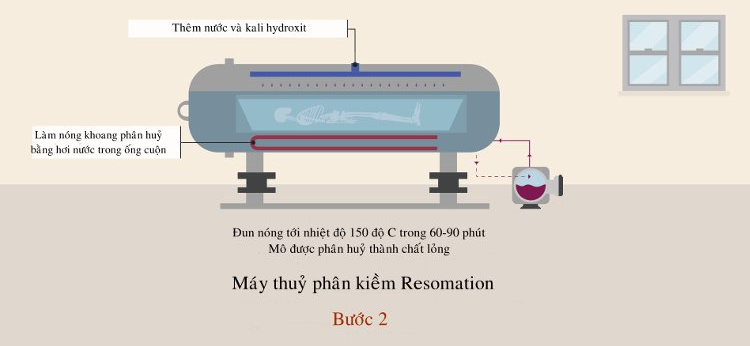 Burning with water, a more environmentally friendly method of handling corpses than cremation Picture 3
Burning with water, a more environmentally friendly method of handling corpses than cremation Picture 3
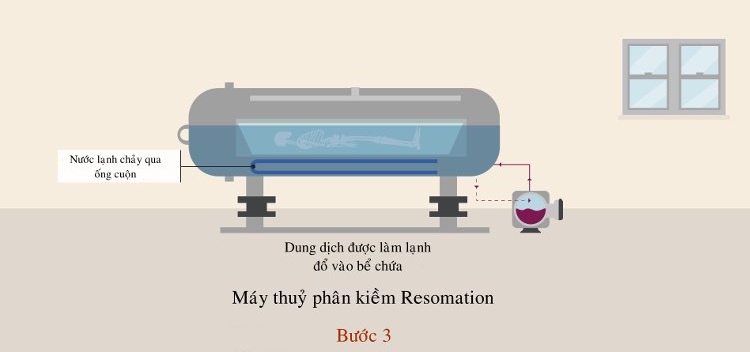 Burning with water, a more environmentally friendly method of handling corpses than cremation Picture 4
Burning with water, a more environmentally friendly method of handling corpses than cremation Picture 4
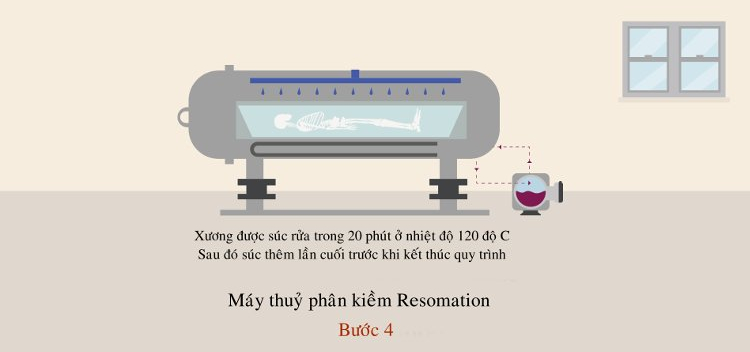 Burning with water, a more environmentally friendly method of handling corpses than cremation Picture 5
Burning with water, a more environmentally friendly method of handling corpses than cremation Picture 5
Steps to handle corpses in the form of burial.
In general, the method of burning with water uses less energy, reducing the amount of CO2 emitted to 7 times with cremation.
Waterbows originate from the idea of incinerating animal bodies that have been infected with diseases in sterile environments.
You should read it
- Horror cases of living with corpses
- The iPhone XS cremation with 10,000 matches and the ending made many people cease to suffer
- The 9,000-year-old ax sheds light on the ancient burial custom
- After donating, how will your body be processed?
- Handling copy - HANDLING DUPLICATE in SQL
- Exception handling and error (Error & Exception Handling)
- Exception handling - Exception Handling in Python
- Is women's toilet water good to alkaline? When to use it?
- What is alkaline ionized water purifier? Should I use it?
- Conflict handling in Git
- Found the bird preserved naturally in the permafrost, 46,000 years intact
- Guide to disguise as a horror Zombie on Halloween
May be interested

The 7 most expensive liquids on the planet, the most expensive scorpion venom, 213.3 billion VND / liter

Startled with the future changing technologies will be popular in 2025

Amazing discovery, chemical elements do not follow quantum mechanics theory

It turns out that this is the reason why we shed tears

The sundial does not use batteries, electricity or any motor

Revealing 4 immortal magic tricks that 99% of people still wonder






 8 free apps that help build an environmentally friendly lifestyle
8 free apps that help build an environmentally friendly lifestyle The iPhone XS cremation with 10,000 matches and the ending made many people cease to suffer
The iPhone XS cremation with 10,000 matches and the ending made many people cease to suffer Horror cases of living with corpses
Horror cases of living with corpses After donating, how will your body be processed?
After donating, how will your body be processed? The cause of cars burning and timely handling
The cause of cars burning and timely handling Mistakes caused the wound due to ants burning three long burning chambers
Mistakes caused the wound due to ants burning three long burning chambers